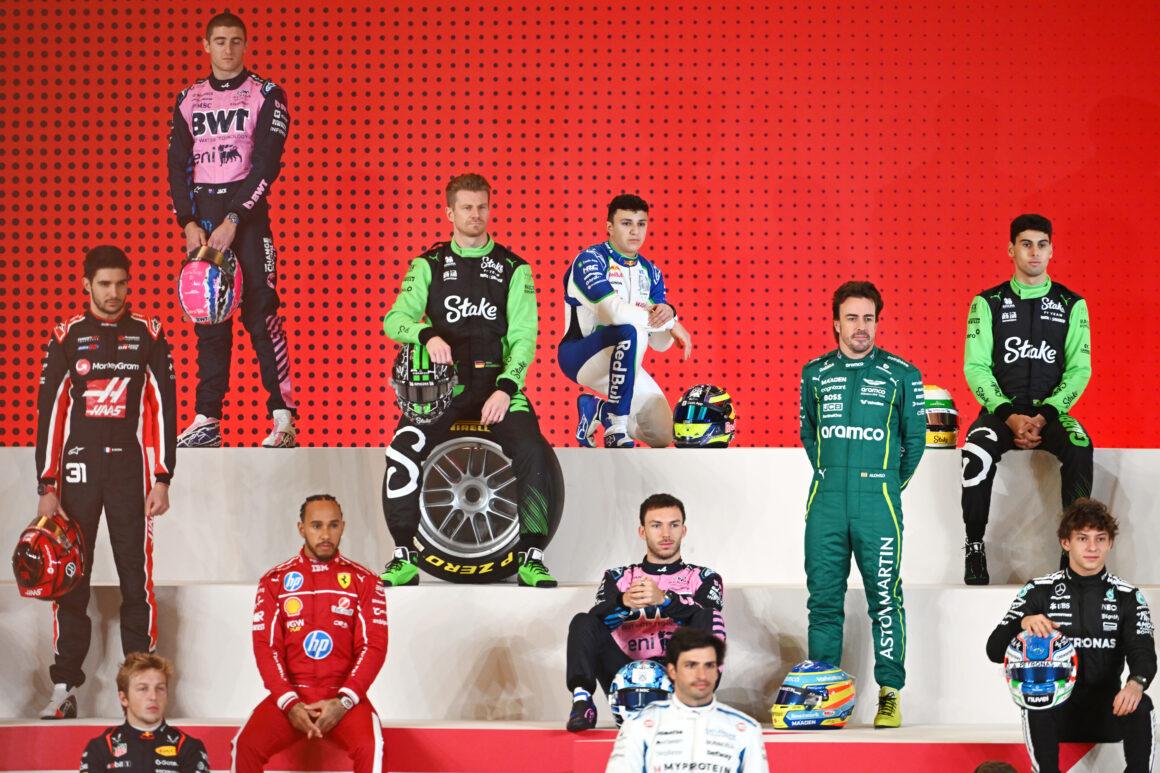Romain Grosjean’s crash at the Bahrain Grand Prix in 2020 was a shocking reminder of the dangers that Formula 1 drivers face when they take to the track. While the medical team were quick to aid the Haas driver, it is no surprise that he emerged from the incident with only light burns to his hands. This is testament to the rigorous safety standards applied to Formula 1 driver safety wear, which is designed to protect them in the most extreme of conditions.
But how much does this gear cost, and what goes into the design of such important safety equipment?
The Nomex Fireproof Suit
The exterior of a driver’s race suit is made from multiple layers of Nomex, an artificial lab-tested fiber. It has to meet stringent criteria and is tested against flames of 600° – 800° Celsius, and must resist ignition for 10 seconds.
The internal temperature must not exceed 41° Celsius for 11 seconds. The suit is also printed with corporate logos, has 15 sessions of washing and dry-cleaning before being tested, and must be a custom fit for each driver. All in all, this suit costs around $4000.
The Innerwear
In terms of innerwear, a Formula 1 driver consists of socks, pants, and a shirt made of a relatively thin layer of Nomex fiber clothing. The shirt is usually printed with corporate logos and is usually made of a thinner layer of Nomex fiber clothing. In terms of safety, the innerwear pieces can make drivers feel uncomfortable, but that is a small price to pay.
Gloves and Boots
As for the gloves and boots of Formula 1 drivers, they are also made from Nomex, but they are much thinner than typical gloves so that they will be able to perform better during the race. There are nomex gloves and thin leather gloves around the palms to assist drivers with steering, as well as soft leather boots that are made of leather and with thinner rubber soles in order to increase the driver’s ability to feel the pedals more effectively.
The Crash Helmet
As a part of Formula 1 drivers’ kits, the crash helmet is the most visible and customizable part. It is built from a combination of Carbon Fibre and other fire-proof materials, and is remarkably light at 1.2 kilograms.
The helmet is designed specifically to fit each driver, which not only enhances their comfort, but also makes them safer as well.
The Head and Neck Support (HANS) Device
The Head and Neck Support (HANS) Device is a major innovation in driver safety. It is a U-shaped device made from carbon fibre and sits on the shoulders, connected to the helmet by an elastic band. Its primary focus is to restrict neck movement during an impact in order to prevent skull fractures from occurring.
It is generally understood that Formula 1 drivers are very serious about their safety, and the price of their gear reflects that. In addition to the fact that each element of the driver’s kit is designed to protect them in the most extreme of conditions, the cost of it is a small price to pay for the assurance of safety at the track.


